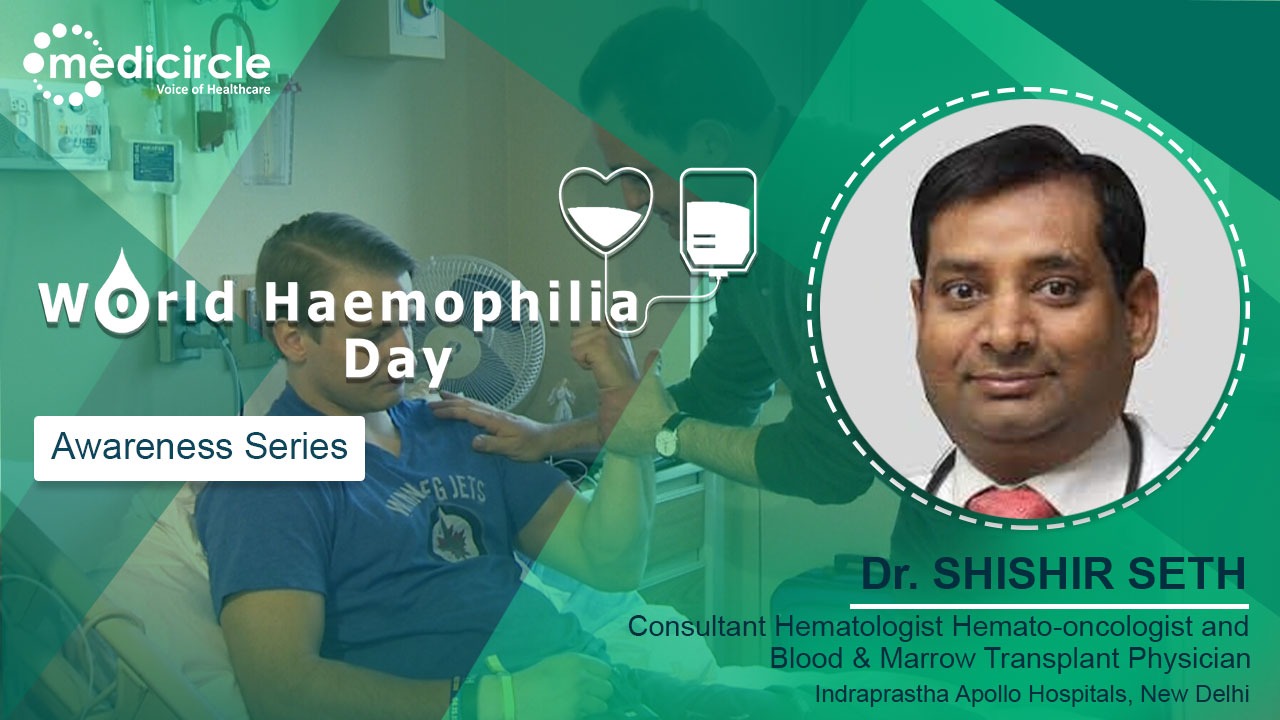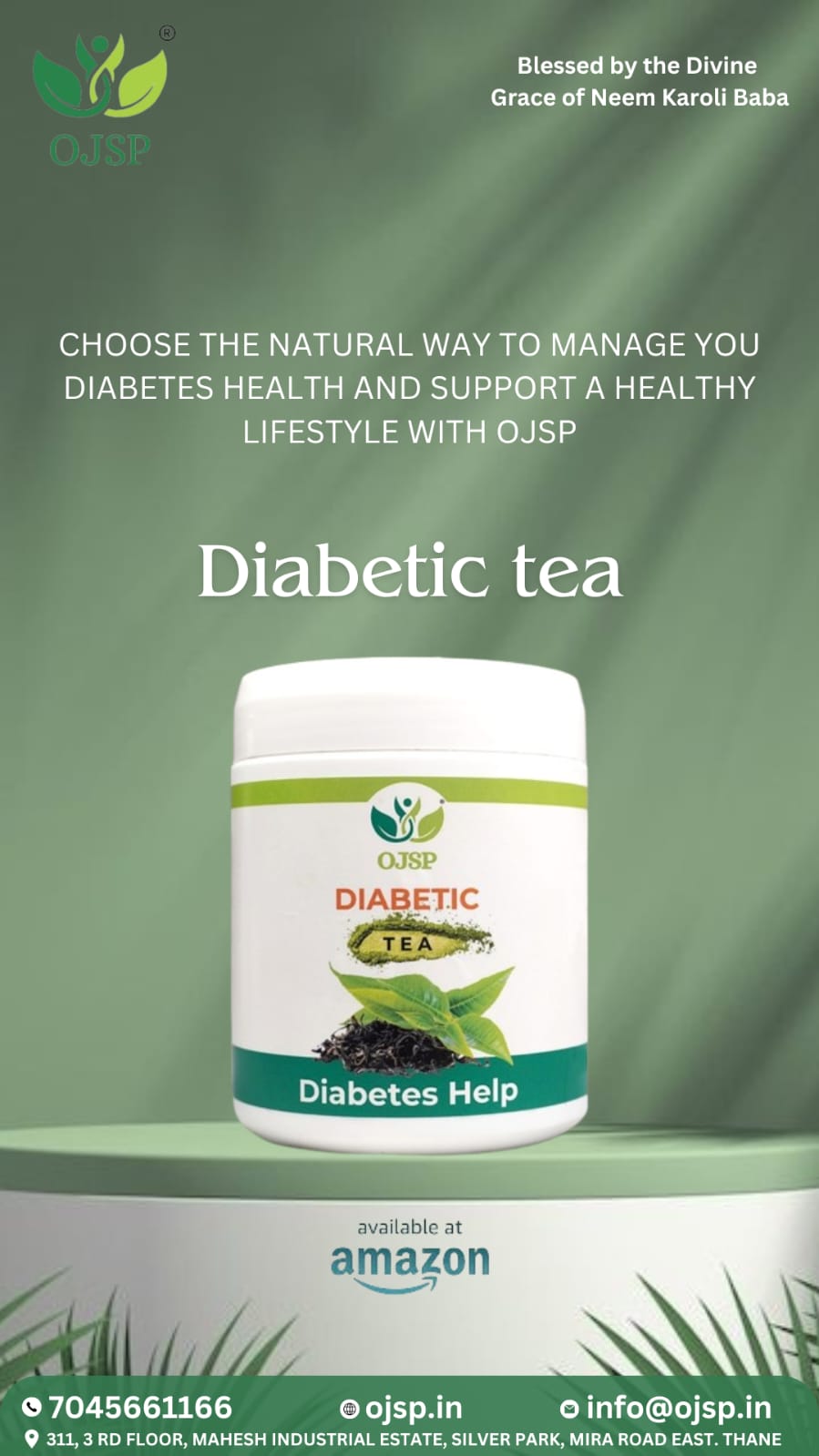Haemophilia is a medical condition in which the ability of the blood to clot is severely reduced, causing the sufferer to bleed profusely from even a slight injury. On the occasion of World Haemophilia day which falls in April, Medicircle is conducting an exclusive series on haemophilia featuring eminent hematologists to spread awareness about this rare medical condition.
Dr. Shishir Seth is a Consultant Hematologist, Hemato-oncologist, and Blood & Marrow Transplant Physician associated with Indraprastha Apollo Hospitals, New Delhi. He is skilled in treating patients suffering from Acute Leukaemia (AML/ ALL), Lymphoma, Multiple Myeloma, CML, CLL, Chronic Myeloproliferative Neoplasm, Myelodysplastic syndrome as well as Anemia, Thalassemia, Bleeding, and Clotting disorders. In his career, he has performed more than 150 Hematopoietic BMT, 40% of which has been allogeneic including Haplo-identical and antigen mismatch transplants. He has also performed more than 300 induction therapies for acute leukemia. He is the Life Member of the Indian Society of Haematology and Transfusion Medicine and a member of the American Society of Clinical Oncology and American Society of Haematology. He takes a keen research interest and has several publications to his credit in National and International journals.
Haemophilia passes on from one generation to another
Dr. Shishir mentions, “Haemophilia is an inborn disease or a genetic disease that gets transferred from one generation to another. Females are the carrier and males get affected. It is generally transferred by the maternal side. Mother is the carrier and the son gets affected. There is a very rare population in which genetic change develops on its own without any family history or genetic transmission. Factor VIII or Factor IX genes have some defects due to which factor production is not appropriate and in most cases, this defect gets passed on from one generation to another,” says he.
Severity of haemophilia is dependent on the percentage of factor deficiency
Dr. Shishir informs, “Haemophilia is a blood clot deficiency due to which there is lesser blood clotting leading to severe bleeding. There is mild, moderate, or severe haemophilia. Severe haemophilia symptoms manifest in early childhood itself. For example, when the child starts crawling then swelling in the knee gets evident, there is profuse bleeding even in small injury, there is bleeding from gum or nose sometimes, or bleeding in the intestine leading to black colored stool. If haemophilia is mild or moderate, it might happen that symptoms are not evident because the factor is normally sufficient to prevent bleeding on its own. Bleeding in such cases occurs more than others if there is an injury or during tooth fall or dental extraction. In the general population bleeding in such circumstances happens for a minute or two but in haemophilia patients, it can continue for hours. If it's severe haemophilia, then there is swelling in knee joints, elbow, or wrist joint without any significant reason or injury. The percentage of factors in severe haemophilia is less than 1, in moderate haemophilia, it is 1-5 and in mild haemophilia it is more than 5 percent. Haemophilia is of two types – haemophilia A and haemophilia B that occur due to deficiency in factor VIII and IX respectively. There is also haemophilia C, which occurs with a deficiency in factor XI. This is a very rare category of haemophilia,” says Dr. Shishir.
There are a wide array of tests to identify hemophilia
Dr. Shishir mentions, “If there is excessive bleeding in a patient, then doctors conduct a blood test to diagnose the condition. Common blood test clot mechanism involves platelet count and plasma which have clotting factors of the body. So if the unusual bleeding tendency is suspected then tests that are done are – Complete Blood Count (CBC), Prothrombin Time (PT), and Activated Partial Thromboplastin Time (APTT) which evaluate various components of the plasma protein clotting. APTT is normally in the range of 28-35. If in some people APTT is more than this range then there are next levels of tests known as factor assays like factor VIII assay, factor IX assay etc. which are clotting factor tests to identify deficiency of which factor is causing haemophilia.”
Dr. Shishir further mentions, “Severity of haemophilia is as per the individual structure of the body which is from birth. In mild and moderate haemophilia, people don’t know about it until there is an injury or before any surgery, an APTT test gets done and then it gets diagnosed. While severe haemophilia gets identified in early childhood itself. The most common manifestation is joint pain and swelling as there is bleeding in joints which is also painful in nature.”
Haemophilia Treatment
Dr. Shishir says, “So far there is no cure for hemophilia. Through factor replacement therapy, haemophilia can be managed. Factor replacement therapy is of two types. On-demand therapy is the most common factor replacement therapy wherein if there is profuse bleeding in the patient then the deficient factor gets replaced. Another replacement therapy is the profile active therapy. In this therapy, to prevent complications of bleeding, the deficient factor is infused at regular intervals. However, this involves huge costs and secondly, these factors are not natural; it's an external part and can create an antibody that might stop being effective. Since it’s an intravenous therapy that is given 2-3 times a week, it’s not very convenient as getting access points in a child to prick frequently is not easy. Hence, we treat patients in on-demand therapy as it's more convenient. Pain medicines are also given to control the severity of bleeding on the basis of individual conditions,” says he.
Future of Haemophilia Cure
Dr. Shishir points out, “Research is in progress to find out a cure for hemophilia. Gene therapy is being tried and tested for the last 30-35 years but an effective form has not come up yet. Managing this disease is possible through factor replacement therapy which is not available in interiors. So in such cases, plasma is used. But technology is getting advanced. Earlier factors required refrigeration. Now, new factors have been generated which do not require refrigeration so people can keep it with them anywhere and get it injected into their body when required. Like many incurable diseases that have ultimately become curable and controllable, we can expect the same for haemophilia in the future,” says Dr. Shishir.
(Edited by Amrita Priya)

 We have seen in the past that many incurable diseases have ultimately become curable and controllable, we can expect the same for haemophilia in the future – Dr. Shishir Seth, Consultant Hematologist, Hemato-oncologist and Blood & Marrow Transplant Physician
We have seen in the past that many incurable diseases have ultimately become curable and controllable, we can expect the same for haemophilia in the future – Dr. Shishir Seth, Consultant Hematologist, Hemato-oncologist and Blood & Marrow Transplant Physician




















.jpeg)










.jpg)
.jpeg)